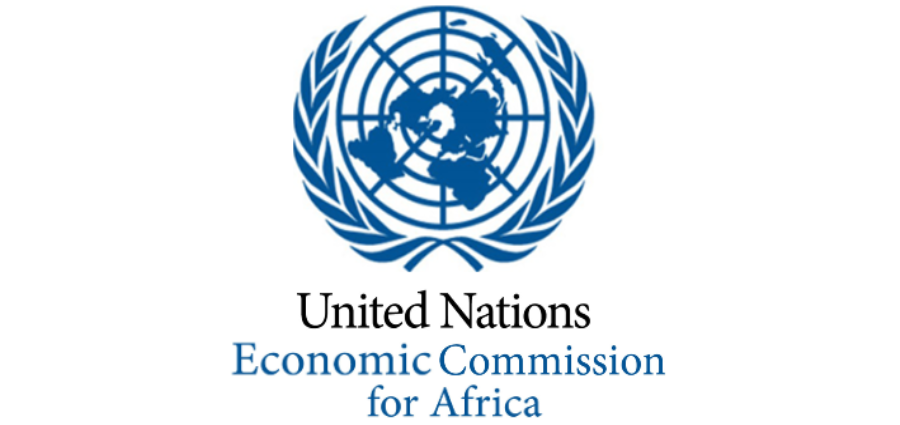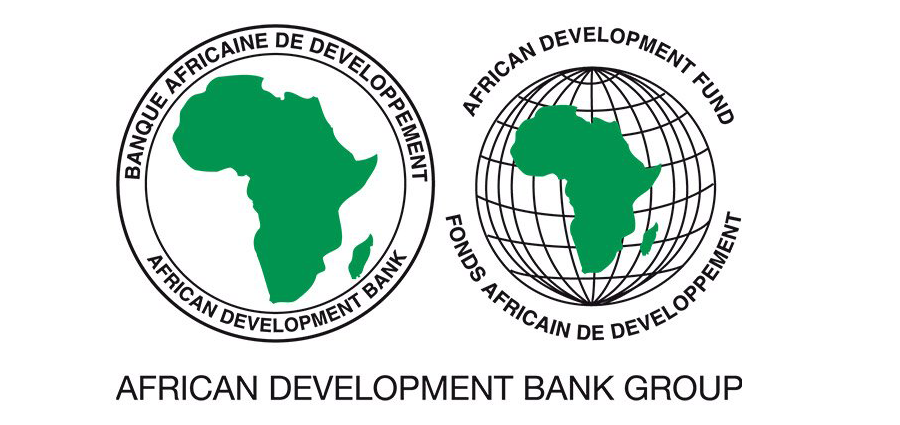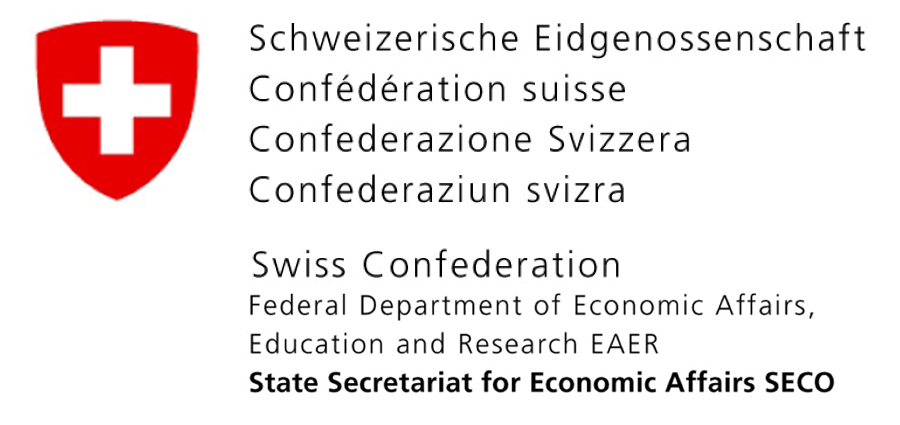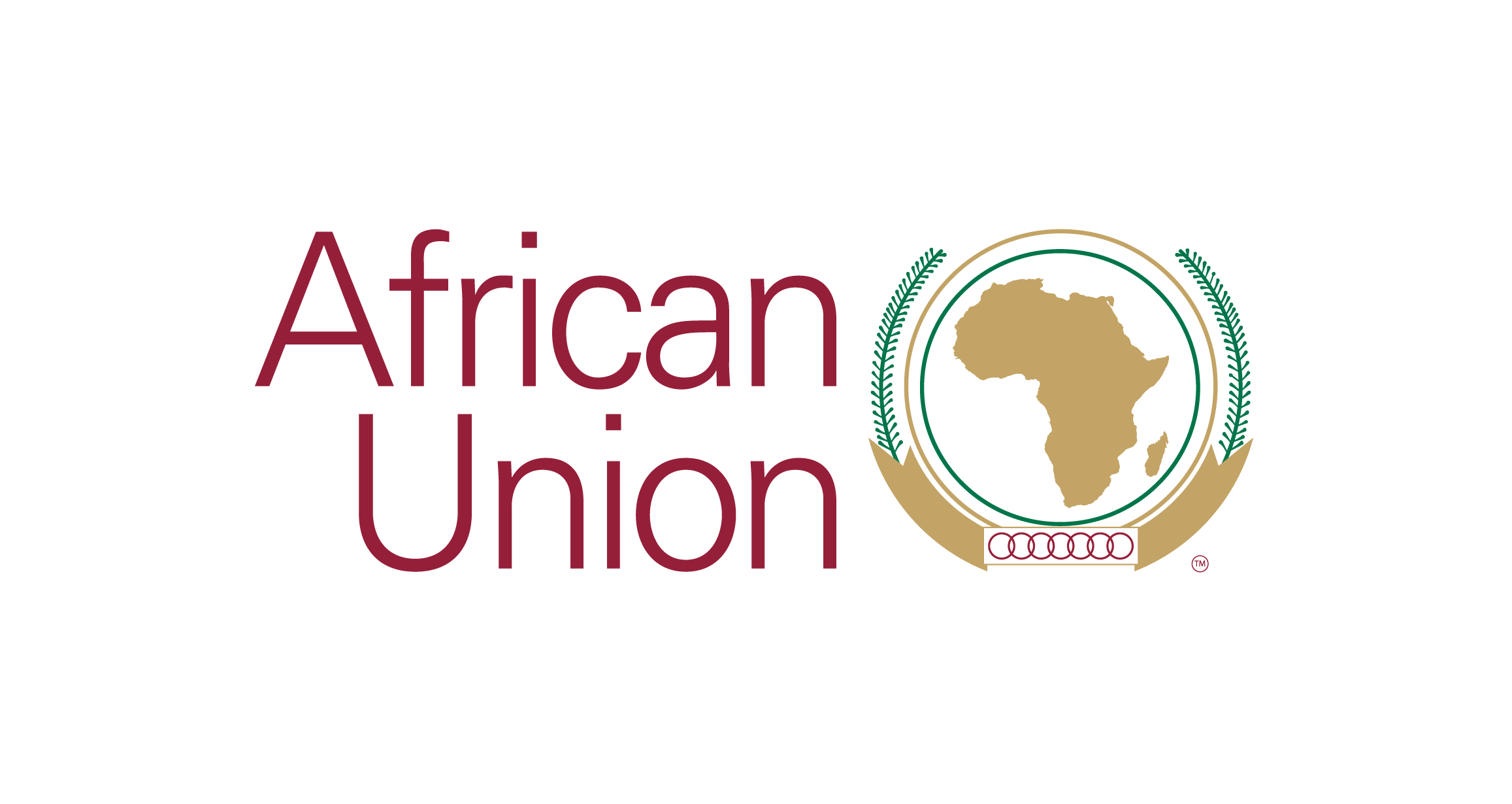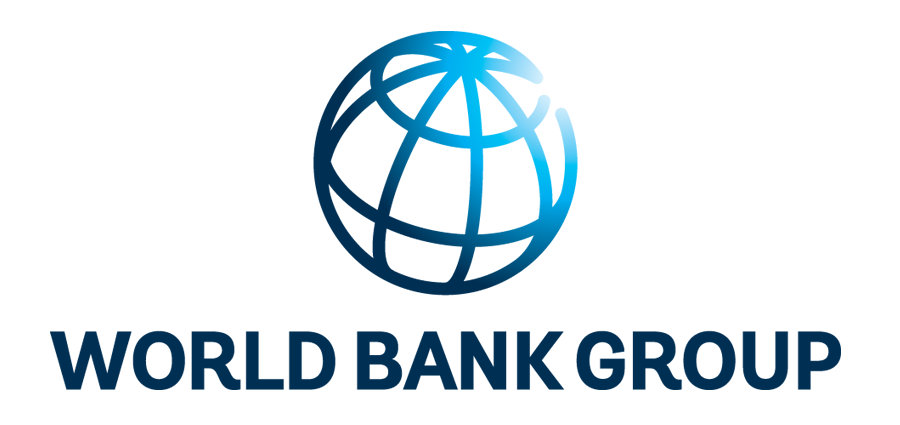East Africa Gateway Surveys
The ports of Mombasa and Dar es Salaam in East Africa are the maritime gateways of three major corridors serving the whole sub-region:
- In Mombasa, the Transit Transport Coordination Authority of the Northern Corridor (NC-TTCA) comprises Kenya and the landlocked countries of Uganda, Rwanda, Burundi, and the eastern part of the Democratic Republic of Congo, which are parties of the Treaty establishing the Authority, but the port also serves the northern part of Tanzania and South Sudan;
- In Dar es Salaam, The Central Corridor Transit Transport Facilitation Agency (CCTTFA) has been establish to manage the corridor serving Tanzania, and the landlocked countries of Uganda, Rwanda, Burundi, and the eastern part of the Democratic Republic of Congo, an hinterland largely shared with the port of Mombasa;
- Also in Dar es Salaam, the Dar Corridor has been established by Tanzania, Malawi, Zambia and DR Congo (for its southern part).
The three corridor authorities are developing transport observatories that will inform the definition and implementation of the facilitation program that will enhance the efficiency of the corridors. Trade Mark East Africa is supporting the establishment for the NC-TTCA and CCTTFA in cooperation with the SSATP, and SSATP and the World Bank are supporting the Dar Corridor transport observatory.
The survey of the two gateways completed by SSATP constitutes an important stage in the preparation of the observatories, as it enabled the identification of the processes that will be monitored through the observatory. The survey also identified the data sources that will feed the observatory databases.
The main difficulty in the two gateways was that around 2007, in order to alleviate congestion at the container terminal, several container yards were established in the port area to expand the storage possibilities at the maritime gateway. Containers are thus transferred from the terminal yard to the external yard under Customs control, while the documentation process is still ongoing.
The surveys confirmed that through a combination of the port, container terminal and Customs IT systems, it was possible to monitor not only the progress of the documentation process, but also the physical movements of the goods.

